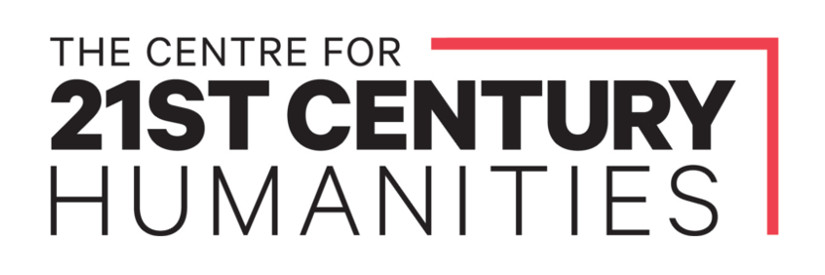| Narrative | On 3 March 1827, the Sydney newspapers, the Australian and the Monitor, reported that Aboriginal people's dogs had been attacking sheep and that a shepherd on EG Cory's estate at the Paterson River in the Hunter Valley had killed a dog belonging to Aboriginal people (Wonnarua). In reprisal, Wonnarua warriors wounded the shepherd and set fire to grass and wheat on Mr Cory's estate. The newspapers added that 2 mounted police dispatched after the event were ineffective. On 22 March the Sydney Gazette and New South Wales Advertiser reported that, 'about a dozen black natives have been shot in the neighbourhood of Hunter's River, within 10 or 12 miles of Mr. Magistrate McLeod's estate;' and lamented that no Justice of the Peace was near enough to investigate. It added, 'The natives were in the act of retreating, laden with produce of the maize field, and were so courageous and impudent as to irritate the whites and attack them with spears, when, in self-defence (we believe) twelve of the blacks were left dead on the field.' Two days later on 24 March, the Sydney Gazette and New South Wales Advertiser connected this incident with Mr Cory's property, saying that flocks had been attacked by dogs and spears were thrown at the shepherd. After retreating to a hut the shepherd was joined by another servant, and they shot and killed 12 Aboriginal people (although it seems unlikely that 2 men could kill so many Aboriginal people in one operation). The incident was clarified fifty years later. On 25 August 1877, the Maitland Mercury recorded that, 'a man who was present, as he admits, when a party had formed for the purpose of punishing the blacks for pulling cobs of maize in the field, and carrying it off in their nets to their camps. Observing some smoke rising from the midst of the Wallalong Brush, they armed themselves with muskets, and reached unobserved to the camp, where a considerable number of men, women and children were. They fired at once upon them, killing some and wounding others. The rest fled through the bush, pursued by the whites, and then the whole of the natives took to the water intervening between the brush and the high land, towards which it gradually deepened, and some of the poor creatures drowned. My informant, now a very old man, while expressing regret as to occurrence, said the worst part of the whole all was, they afterwards discovered, that not one of those who were "wanted" was among them.' (Maitland Mercury, August 25,1877, p10) The witness appears to have been an overseer at the Cory estate in 1827 and waited until Cory in died on 7 March 1873 before revealing his involvement in the massacre. |
| Sources | The Australian, March 3, 1827, p 3 https://trove.nla.gov.au/newspaper/rendition/nla.news-page4249109.pdf; The Monitor, March 9, 1827, p 2 http://nla.gov.au/nla.news-article31758262;
Sydney Gazette, March 22, 1827, p 2 http://nla.gov.au/nla.news-article2187895; March 24, 1827, p 3 http://nla.gov.au/nla.news-article2187904;
Maitland Mercury and Hunter River General Advertiser, August 25, 1877, p.10.
https://trove.nla.gov.au/newspaper/article/18831954
Debenham, 2020, pp 10-13. (Sources PDF) |

